Kanazawa and Yuwaku Onsen: A Relaxing 1 Night Trip to Enjoy Culture and Hot Springs.
A 30-minute drive from Kanazawa Station (20 minutes from Kenrokuen). Escape the hustle and bustle and head to the tranquil Yuwaku Onsen. Immerse yourself in the skin-beautifying hot springs of Kanazawa's hidden retreat, Yuwaku Onsen, and experience the romance loved by Yumeji TAKEHISA. Forget about everyday life and refresh both your body and mind.
※Yumeji TAKEHISA (1884–1934) was a Japanese artist and poet, known for his distinctive style that blended elements of Western art with traditional Japanese aesthetics.
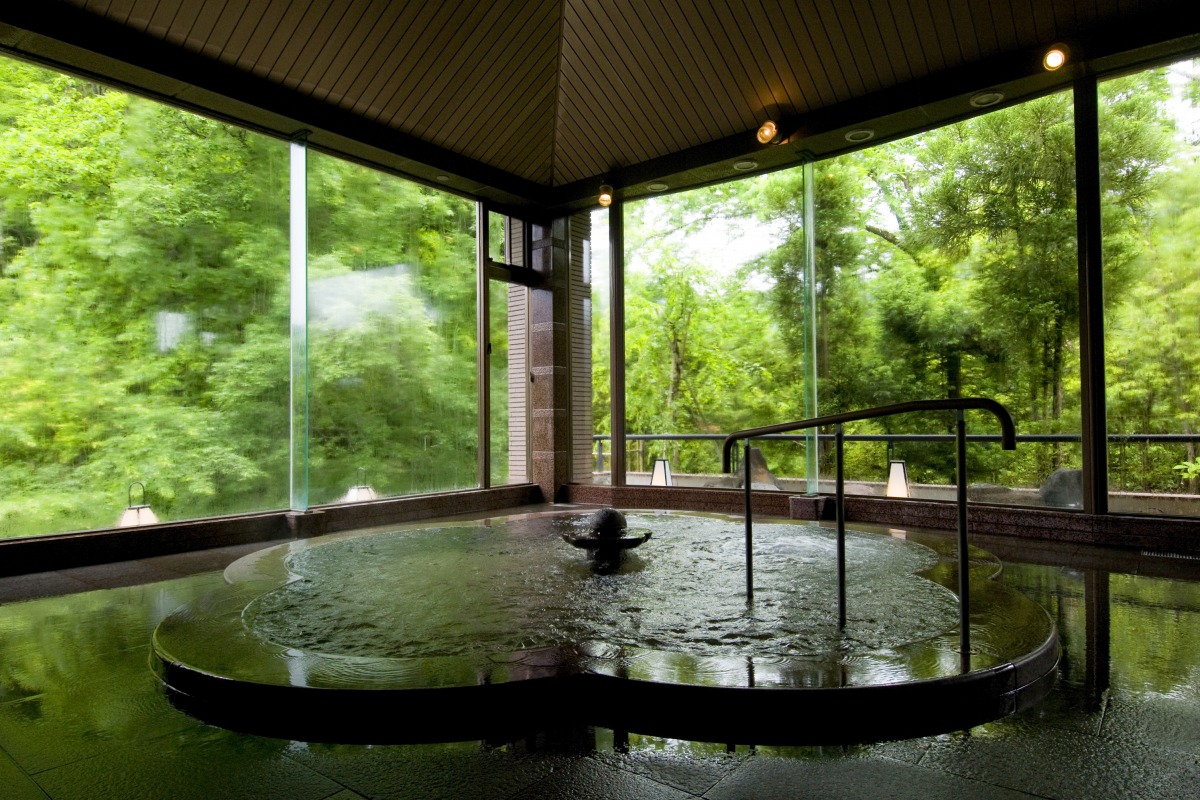
Get off at "Ishikawa Prefectual Library" bus stop.
Ishikawa Prefectural Library
A space to enjoy discovering books
Ishikawa Prefectural Library opened in July 2022, offering a rich collection of approximately 1.1 million books, diverse events, workshops, digital art experiences, and hands-on activities. Designed by the renowned architect Mitsuru Sendata and his firm, Environmental Design Institute, the library boasts a distinctive Exterior resembling pages of a book and striking ceilings adorned with vermilion and blue hues.
Inside, visitors will discover unique spaces such as a circular reading area featuring carefully selected books on 12 familiar themes, "Bookrium" – a digital art installation visualizing book collections as a universe, a corridor-style reading space called "Ring," and the "Sato no Megumi, Bunka no Kaori – Ishikawa Collection" which houses materials related to biodiversity and cultural diversity. The library also offers a "Children's Area" for family fun, a "Bridge" where visitors can relax in the open space, and over 100 types of unique chairs, totaling around 500 seats, allowing visitors to choose a seat that suits their mood and reading materials.
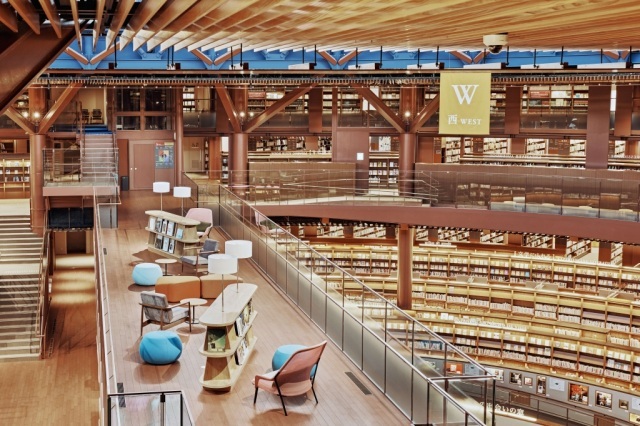
Get on the bus stop " Sakiura / Ishikawa Prefectual Library Guchi " (located along Prefectural Route 10) and board the No. 12, "for Yuwaku Onsen bound" bus.
Get off at "Yuwaku Onsen" bus stop.
Yuwaku Onsen(Hot springs)
Famous spring of history and romance
This hot spring resort is located in a mountainous area surrounded by greenery. It has a long history, and is said to have been discovered in 718.
During the feudal era, successive lords of the Kaga Domain also used to visit this hot spring resort in Kanazawa.
Recently, the area has served as a model for an anime stage, and the Yuwaku Bonbori Festival, named after the festival that appeared in the anime, is held every year in October.
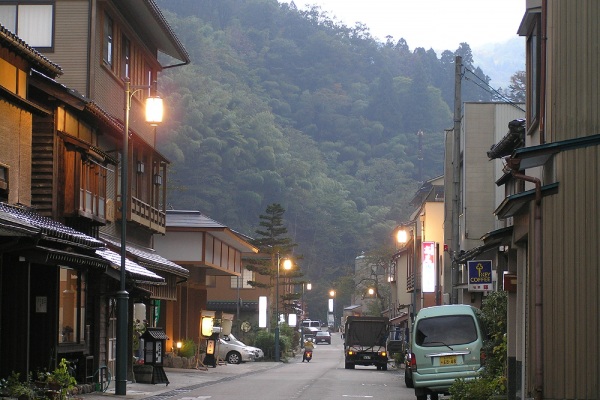
Take a relaxing break at "Cafe Lente".
The name of the café comes from the Latin phrase "Festina Lente," which means "Make haste slowly," reflecting the desire for customers to relax at their own pace. True to its name, it is a café where you can enjoy a leisurely time. Surrounded by high ceilings and comfortable interiors, it's a perfect place to take a moment to unwind with a cup of freshly roasted coffee.
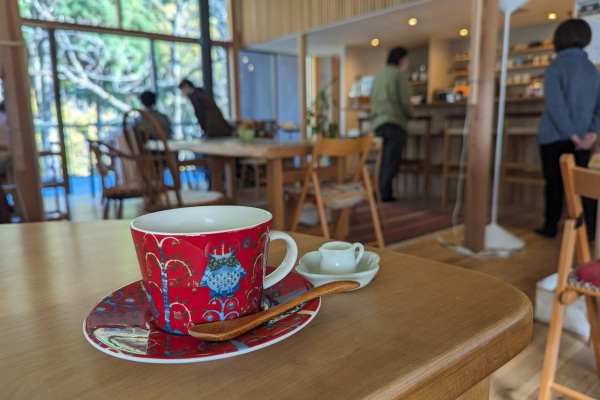
Overnight at a hot spring ryokan
From ryokans to hideways which have private hot springs bath
As Yuwaku Onsen Town is a hot spring resort, there are many hot spring hotels lining the streets.
Why not take a relaxing soak in the hot springs of history and romance while feasting on Kaga cuisine that uses an abundance of seafood from the sea and the mountains?
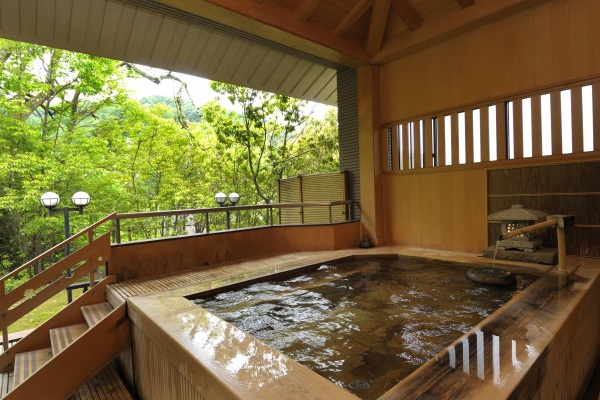
Take a stroll to Himuro Goya(ice house) near Gyokusen Lake before breakfast.
During the Edo period, the Kaga clan is said to have stored the snow that accumulated each winter in a small building called "Himuro," and in the summer, they would cut it out and present it to the Tokugawa shogunate family in Edo(present Tokyo). At Yuwaku Onsen, a restored "Himuro" hut remains by the shore of Gyokusen Lake. Gyokusen Lake is an artificial lake, about 500 meters in circumference, created by damming a river, and visitors can enjoy its beauty in every season.
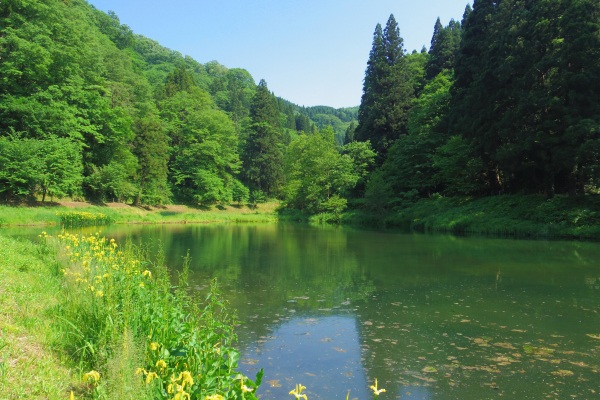
Kanazawa Yuwaku Edomura
Travel back in time to the Edo period
Historic buildings that still carry the vestiges of Kaga Hyakumangoku of the Edo period are open to the public. Divided into two zones, the farmhouse zone and the machiya/samurai house zone, the buildings provide visitors with easy-to-understand explanations of the lifestyle and way of life in those days. All of the buildings in the park are nationally designated important cultural properties or valuable tangible cultural properties of Ishikawa Prefecture and Kanazawa City. Monthly events are held in the private houses, such as demonstrations of traditional handicraft making, allowing visitors to experience traditional Kanazawa and other traditional events.
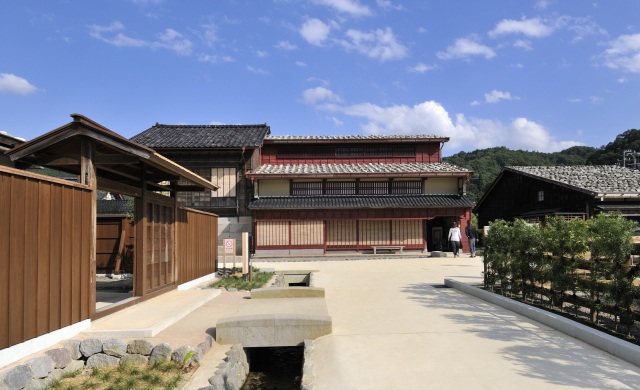
Get off at the "Dewa machi" bus stop.
Seisonkaku Villa
An exquisite mansion gifted to the lord's mother
Seisonkaku is a villa that the 13th lord of the Maeda family built for his mother in Kenrokuen Garden in 1863. Fine techniques in a wide variety are used for the inner pillars and walls of Seisonkaku. These techniques include a wooden panel with openwork carvings of flowers and birds and a coffered ceiling for the guest chamber called "Ekken-no-ma." From these, visitors will know the status of the then Maeda family.
Furthermore, Seisonkaku exhibits articles with a long and distinguished history, such as dolls for the Japanese Girls' Festival and furniture.
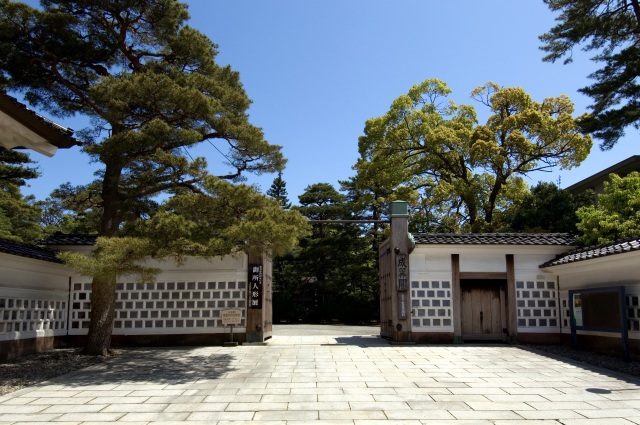
National Crafts Museum
Digging Deeper into Kogei
The National Crafts Museum is the only national museum specializing in crafts and the first national museum located on the Sea of Japan side of the country, but there is little wonder how it came to Kanazawa. Kanazawa has a long history of supporting the arts dating back to the ruling Maeda family’s patronage of the arts and culture starting over 400 years ago. Since then, the city has thrived as a center for Kogei, or traditional Japanese Crafts. Kanazawa is known as the “City of Crafts.” In fact, in 2009, UNESCO designated Kanazawa as a city of Crafts and Folk Art in its Creative Cities Network which eventually led to the relocation of the museum from Tokyo in 2020.
Housed in two historic Meiji-era (1868-1912) buildings formerly used by the military and restored with their original exteriors, the National Crafts Museum holds more than 4,000 craft and graphic design artworks primarily originating from the 20th century and is home to the finest examples of Japanese traditional crafts in the nation, including many pieces created by Japan’s Living National Treasures, the designation for master craftsmen of a specific traditional art or craft. The National Crafts Museum is located near Kenrokuen Garden, in an area that is home to several of Kanazawa’s museums.
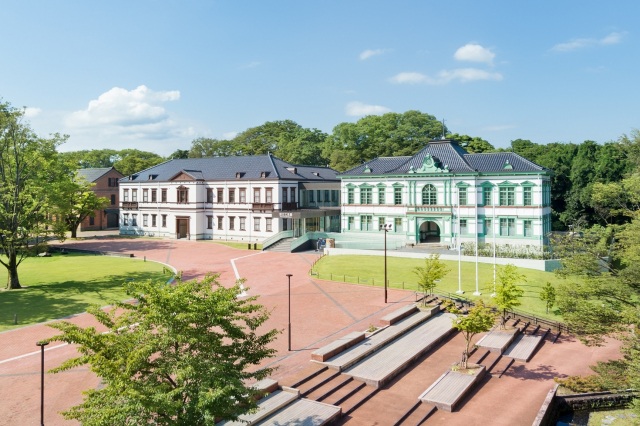
get off at "Musashigatsuji - Omicho Market"
Omicho Market
Discover Kanazawa’s most famous fish market
Established during the Edo Period, Omicho Market has formed an essential part of Kanazawa’s food culture for more than 300 years.
The sprawling market features more than 170 stores, including a large number of fishmongers that sell freshly caught seafood from the Sea of Japan. There are also fruit and vegetables stores that sell unique local produce, marine product stores, clothing stores, grocery stores and restaurants.
Particularly well-revered are the crab, yellowtail and shrimp from the Sea of Japan that are sold around November. Because of this, the market is normally crowded with tourists and locals alike during this time of year.
Another key attraction of the market is Omicho Ichibakan. The refurbished building features a number of popular restaurants and stores that are worth stopping by during your trip to the market.
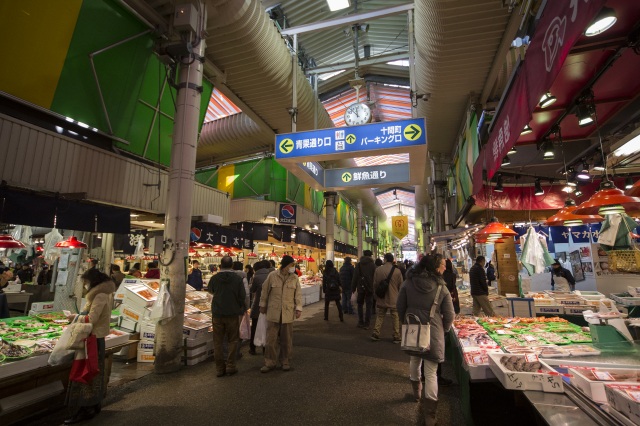
Arrive at Kanazawa Station